VERONA The statue of Dante in the center of Piazza dei Signori looks at the buildings where Cangrande della Scala welcomed him during his exile from Florence is his most famous work. But Verona owes much more to the nineteenth-century sculptor Ugo Zannoni who gave the city's museums on several occasions important nuclei of works from his collection thanks to which the Gallery of Modern Art was born. Art and patronage, therefore, collecting and commitment to leave the public a tangible sign of the meaning and value of beauty, contagious passion and work to stimulate the generosity of enthusiasts and great collectors with the same purposes, intertwined in the exhibition '' La mano that creates. The Public Gallery of Ugo Zannoni (1836-1919) '' which the Achille Forti Gallery in Palazzo della Ragione is hosting until January 31st.
Zannoni - observes the curator Francesca Rossi, director of the Museums, who selected 83 works from the corpus donated by the artist - belonged to the Milanese sculptural school re-evaluated in recent times but long rejected by the twentieth-century idealistic criticism for its baroque perfectionism and already cut short by a very young Roberto Longhi as an expression of the "most repugnant academy". The negative fate of the naturalistic and realist school, in times when success rewarded the impressionism of Medardo Rosso and the plastic revolution of Rodin and Boccioni, also concerned the collection that Zannoni had donated between 1905 and 1919 to the Museum made of 212 works of art, 195 photographs, 5 books, 2 printed files, a map. The collection includes artists whom Zannoni frequented and other animators of sculptural and pictorial research of the second half of the nineteenth century, such as Domenico Induno, Mosè Bianchi, Filippo Carcano, Leonardo Bazzaro, Julius Lange, Luigi Nono, and the most modern divisionist painter Angelo Morbelli.
The career of Veronese Zannoni was rich in artistic relationships cultivated in his city, at the Academy of Fine Arts in Venice and at the Accademia di Brera in Milan. It was thanks to him that at the beginning of the 1900s the Civic Museum was able to devote attention to the then contemporary art. In addition to the occasion for a first in-depth study on the events of the collection (with research, conservation interventions, photographic documentation and cataloging), the exhibition explores in depth the theme of contemporary patronage. '' If the Zannoni collection represents an exemplary cross-section of the fascinating world of nineteenth-century art collecting - observes the curator - behind the reasons that led the collector to bequest to the Municipality of Verona, the strong civic sense that individually animated the Veronese and Venetian civil society between the nineteenth and twentieth centuries ''. A large room in the Gallery reproduces the sculptor's atelier and the artist's collection, typical of a private gallery from the nineteenth century. An important space, also with the exhibition of the bronze sketch, is dedicated to the monument for Dante Alighieri, which Zannoni created not yet thirty years old, winning the competition promoted for the sixth centenary of the poet 's birth. The exhibition was conceived precisely by looking at the official opening - next September - of the celebrations for the 700 years since Dante's death.
Considering the educational and identity function that the sculptor attributed to art and the museum, the students of the university institutions, Veronese and otherwise, were called to collaborate with the Gallery staff in the care of the collections by directly experiencing what is happening behind the scenes, first and during the opening period of the exhibition to the public.
(HANDLE).
Art and patronage, Verona celebrates Ugo Zannoni
2020-07-06T12:01:23.883Z
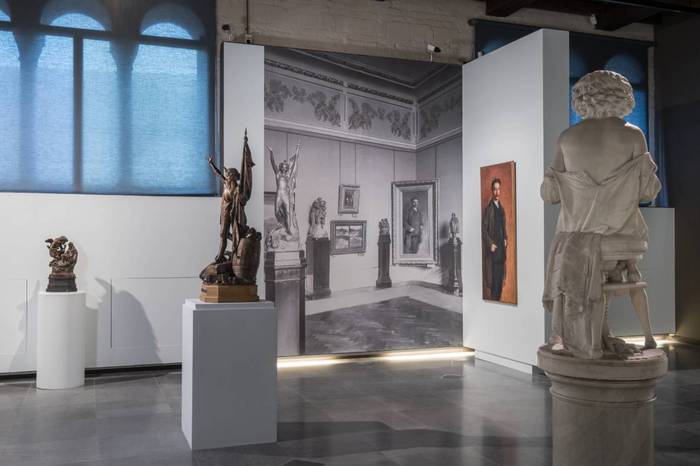
With the donations of the sculptor, the City Gallery (ANSA) VERONA The statue of Dante in the center of Piazza dei Signori looks at the buildings where Cangrande della Scala welcomed him during his exile from Florence is his most famous work. But Verona owes much more to the nineteenth-century sculptor Ugo Zannoni who gave the city's museums on several occasions important nuclei of works from his collection thanks to which the Gallery of Modern Art was bo...

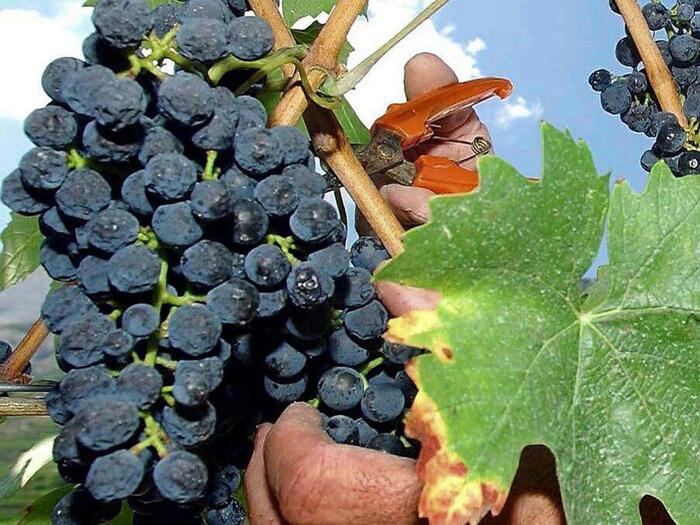
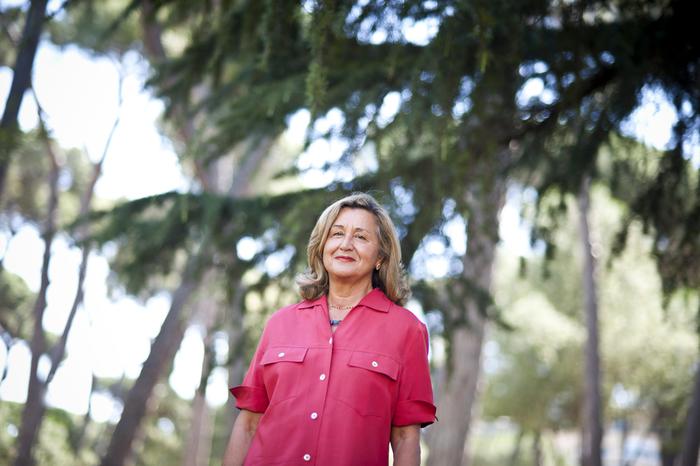

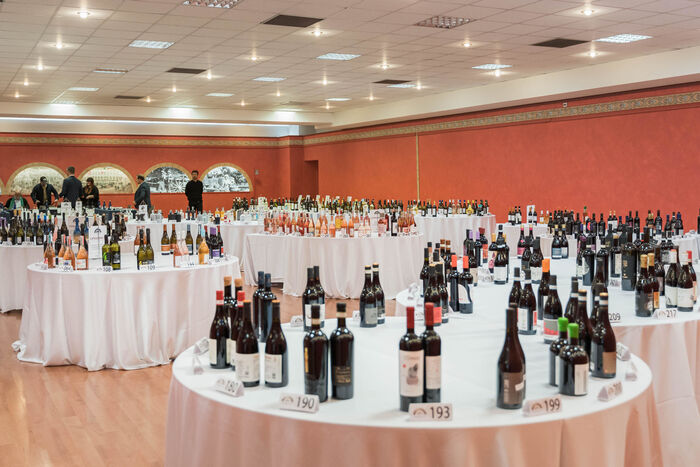
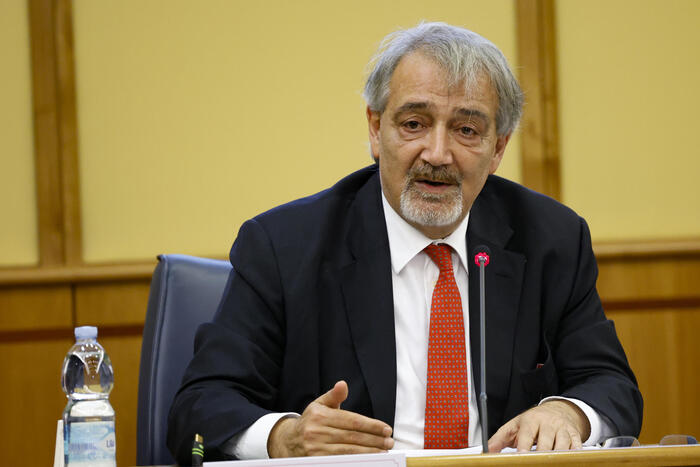
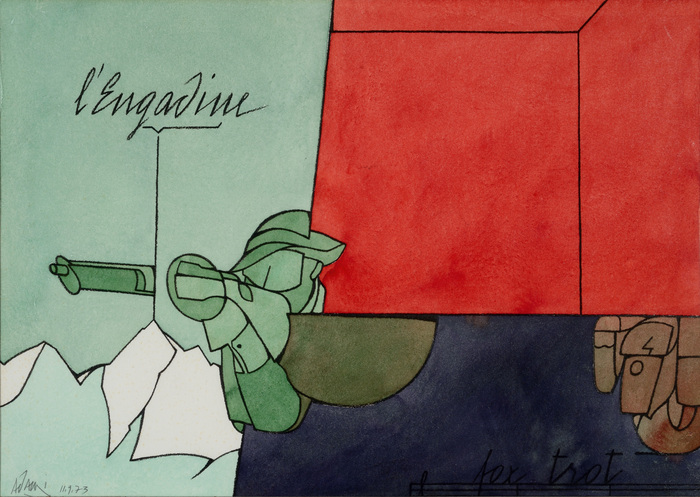



/cloudfront-eu-central-1.images.arcpublishing.com/prisa/S7ERVSCT4FUVX6R7TUVBDNTH5Y.jpg)



